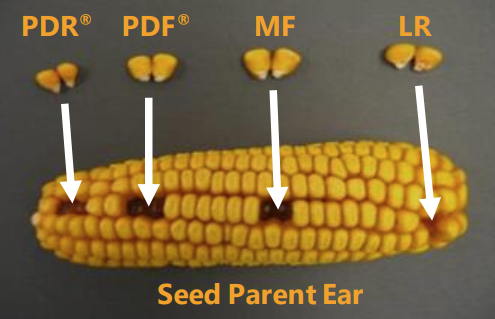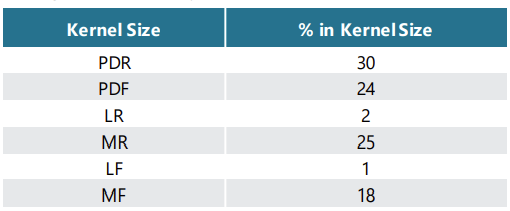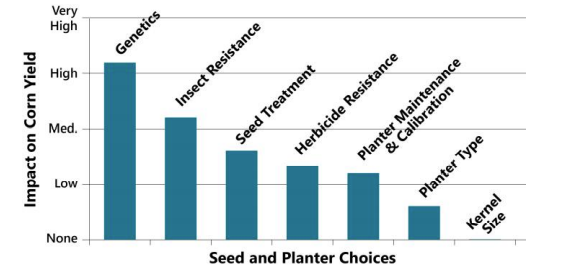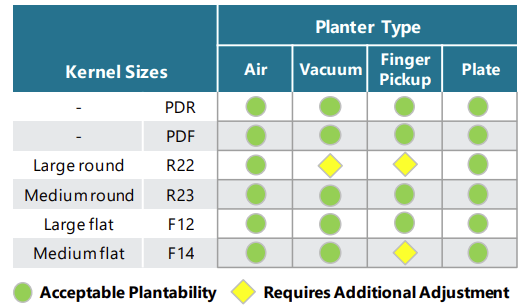Understanding Corn Seed Sizing
Something went wrong. Please try again later...
My Account


Figure 1. Seed parent showing where different seed types originate on the ear.
Table 1. Fractions of seed corn in different kernel sizes averaged across leading Pioneer ® brand hybrid families in the northern U.S.


Figure 2. Seed-related choices and their relative impact on corn grain yield.
Table 2. Kernel size-plantability guidelines for air, vacuum, finger pick-up and plate-type planters


The Digital Bag Tag feature in the Granular Insights app easily scans a seed tag to provide planter setting recommendations, maximizing planter performance and seed-drop accuracy.